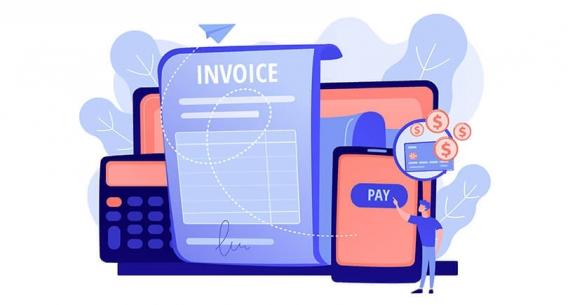What are the initial steps and considerations in implementing an EDI system?
 Purnima
Purnima
EDI billing software is meticulously designed to function seamlessly without manual intervention. By automatically preparing, translating, and transmitting documents in an EDI format, it ensures efficient and error-free operations. The primary goal of billing solutions software is to enhance the accuracy and speed of healthcare operations.
How does EDI transmission work?
The process of EDI transmission can be broken down into three fundamental stages:
a. Document Preparation: The relevant document is prepared for electronic transmission.
b. EDI Translation: The document is translated into a standardized EDI format.
c. Transmission: The EDI document is transmitted to the intended recipient.
What are the Initial steps and considerations in implementing an EDI system?
In the early stages of implementing an EDI system, it is prudent to send out around 20 claims for testing purposes. Electronic billing solution allows for identifying and addressing potential system glitches before scaling up operations.
What is essential while sending a claim via EDI?
When sending claims through EDI, adherence to standardized formats is crucial for swift and efficient transfer. All EDI transactions must comply with industry regulations to maintain uniformity and precision in healthcare data exchange.
Which transactions can transition from manual to EDI processes?
Practically every transaction that conventionally relied on manual processing can seamlessly shift to EDI billing. For instance, functions like sending claims, tracking claims status, and many more can now be efficiently handled through EDI, streamlining operations and reducing error rates.
How does an EDI system facilitate effortless electronic transactions?
In essence, an EDI billing solution eliminates the need for traditional paper-based transactions, replacing them with rapid electronic processes. This shift significantly accelerates the speed of transactions, facilitating a seamless workflow.
Which EDI format is employed for hospital claims?
Providers use EDI 276 to inquire about the status of a healthcare claim. Conversely, healthcare payers employ EDI 277 to respond to these inquiries, utilizing a standardized format that enables efficient communication.
Conclusion:
EDI billing solutions stand as a pivotal tool in the healthcare sector, revolutionizing the way transactions are conducted. By embracing EDI, the healthcare industry can achieve greater accuracy, compliance, and operational efficiency, ultimately leading to improved patient care and streamlined administrative processes.
Subscribe to my newsletter
Read articles from Purnima directly inside your inbox. Subscribe to the newsletter, and don't miss out.
Written by

Purnima
Purnima
As a healthcare enthusiast, delivering cutting-edge tech solutions for businesses in the healthcare industry.